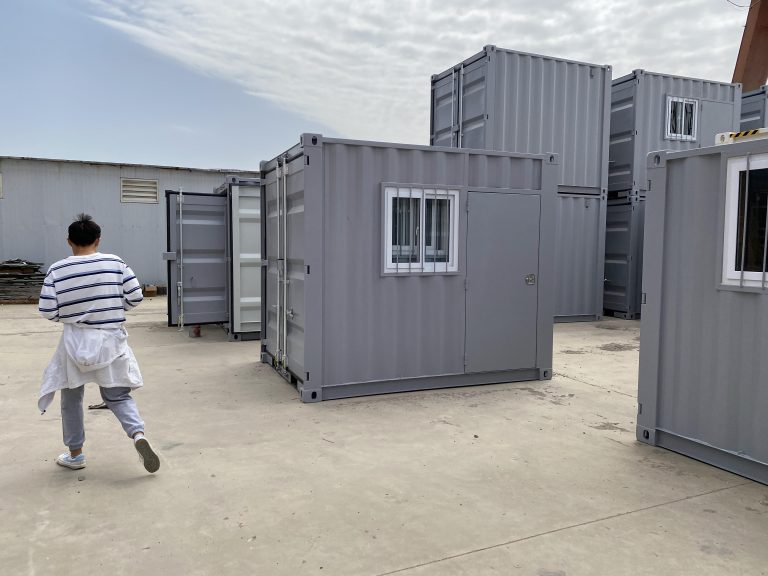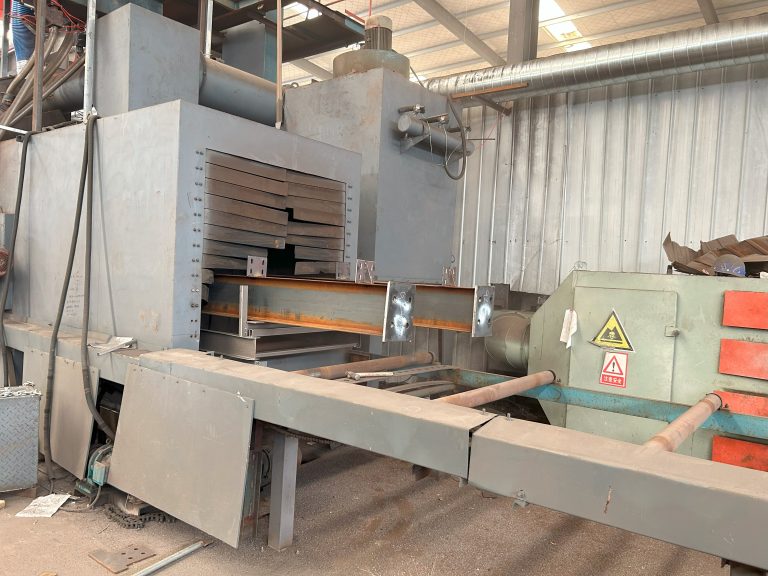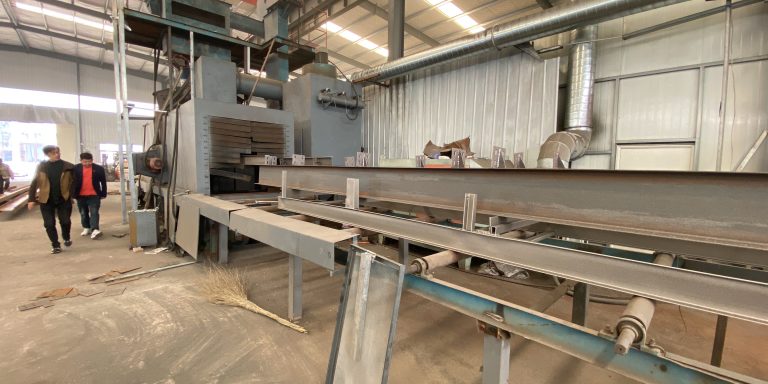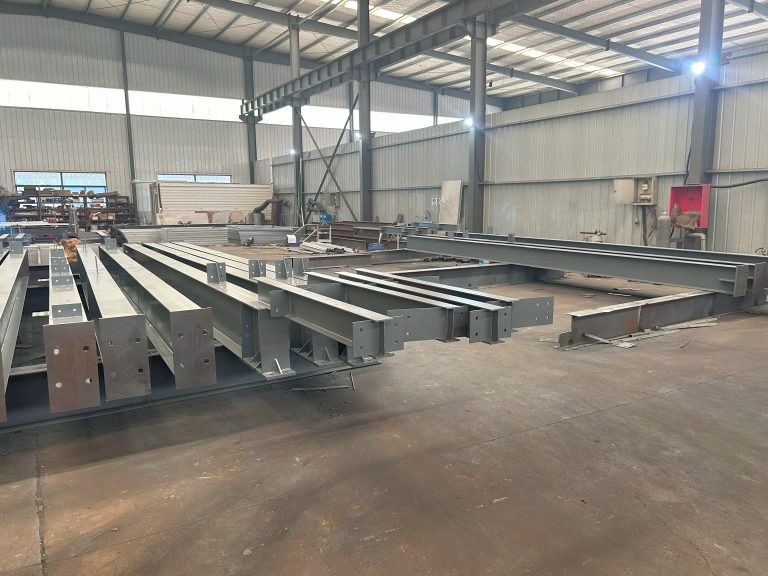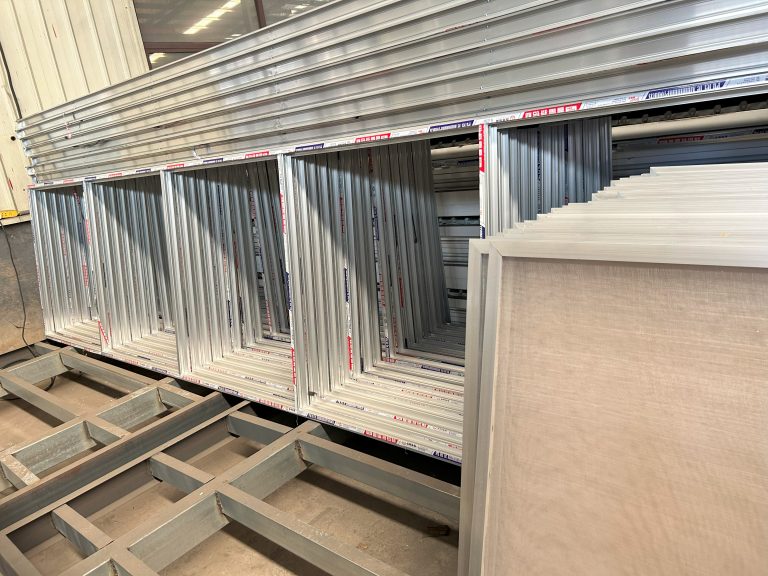The strategic layout of steel structure industry in the coordinated development of industrial chain
Table of Contents
Advantages of Implementing a Comprehensive Industrial Chain Strategy in the Steel Structure Industry
The steel structure industry plays a crucial role in various sectors such as construction, infrastructure, and manufacturing. With the increasing demand for high-quality steel structures, it has become essential for companies in this industry to adopt a comprehensive industrial chain strategy to stay competitive and meet the evolving needs of the market.
One of the key advantages of implementing a comprehensive industrial chain strategy in the steel structure industry is the ability to streamline operations and improve efficiency. By integrating various stages of the production process, from raw material procurement to final product delivery, companies can reduce lead times, minimize waste, and optimize resource utilization. This not only helps in cutting costs but also enhances overall productivity and profitability.
Furthermore, a well-coordinated industrial chain strategy enables companies to enhance product quality and consistency. By closely monitoring each stage of the production process and implementing strict quality control measures, companies can ensure that their steel structures meet the highest standards and specifications. This not only helps in building a strong reputation for reliability and excellence but also attracts more customers and business opportunities.
In addition, a comprehensive industrial chain strategy allows companies in the steel structure industry to diversify their product offerings and expand their market reach. By collaborating with suppliers, manufacturers, distributors, and other stakeholders, companies can explore new opportunities, enter new markets, and develop innovative products and solutions. This not only helps in increasing revenue streams but also reduces dependency on a single market or product, making companies more resilient to market fluctuations and uncertainties.
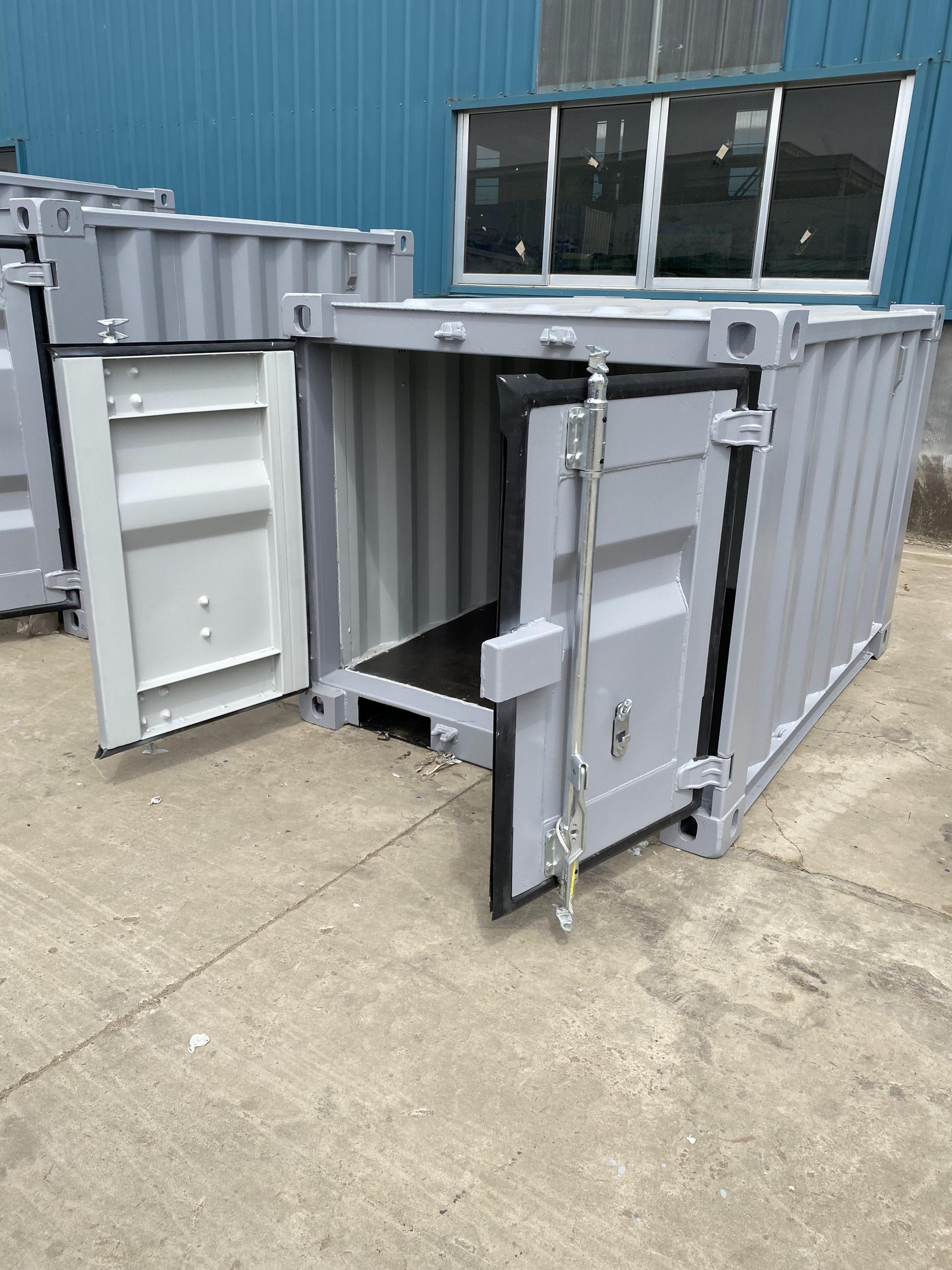
Moreover, a well-coordinated industrial chain strategy enables companies to build strong partnerships and alliances with key players in the industry. By working closely with suppliers, manufacturers, contractors, and other stakeholders, companies can leverage their expertise, resources, and networks to create value-added solutions, drive innovation, and achieve sustainable growth. This not only helps in fostering a culture of collaboration and mutual benefit but also strengthens the overall competitiveness and resilience of the industry as a whole.
Furthermore, a comprehensive industrial chain strategy enables companies in the steel structure industry to adapt to changing market dynamics and emerging trends. By staying informed about market developments, technological advancements, regulatory changes, and customer preferences, companies can proactively adjust their strategies, processes, and products to stay ahead of the curve. This not only helps in seizing new opportunities and mitigating risks but also ensures long-term success and sustainability in a rapidly evolving industry landscape.
In conclusion, the strategic layout of the steel structure industry in the coordinated development of the industrial chain offers numerous advantages for companies looking to stay competitive, innovative, and profitable in today’s dynamic business environment. By implementing a comprehensive industrial chain strategy, companies can streamline operations, enhance product quality, diversify offerings, build partnerships, and adapt to market changes, ultimately driving growth and success in the industry.
Key Factors Influencing the Strategic Layout of the Steel Structure Industry in Coordinated Development
The steel structure industry plays a crucial role in the development of various sectors, including construction, infrastructure, and manufacturing. As such, the strategic layout of this industry is essential for ensuring its sustainable growth and contributing to the overall development of the industrial chain. There are several key factors that influence the strategic layout of the steel structure industry in coordinated development.
One of the primary factors is market demand. The steel structure industry must align its strategic layout with the current and future market demand for steel structures. This requires a thorough understanding of market trends, customer preferences, and industry dynamics. By accurately assessing market demand, companies in the steel structure industry can optimize their production capacity, product offerings, and distribution channels to meet the needs of their customers and maximize their market share.
Another important factor is technological innovation. The steel structure industry is constantly evolving, with new technologies and materials being developed to improve the quality, efficiency, and sustainability of steel structures. Companies that invest in research and development and adopt innovative technologies can gain a competitive edge in the market and position themselves as industry leaders. By strategically incorporating technological innovation into their operations, companies in the steel structure industry can enhance their product offerings, reduce production costs, and improve overall efficiency.
Supply chain management is also a critical factor that influences the strategic layout of the steel structure industry. Effective supply chain management involves coordinating the flow of materials, information, and resources from suppliers to manufacturers to customers. By optimizing their supply chain processes, companies in the steel structure industry can reduce lead times, minimize inventory costs, and improve overall operational efficiency. This allows them to respond quickly to changing market conditions, meet customer demands, and maintain a competitive advantage in the industry.
Furthermore, government policies and regulations play a significant role in shaping the strategic layout of the steel structure industry. Governments at the local, national, and international levels often implement policies and regulations that impact the operations of companies in the steel structure industry. These policies can include environmental regulations, trade tariffs, tax incentives, and labor laws. By understanding and complying with government policies and regulations, companies in the steel structure industry can mitigate risks, ensure regulatory compliance, and maintain a positive reputation in the market.
In conclusion, the strategic layout of the steel structure industry is influenced by several key factors, including market demand, technological innovation, supply chain management, and government policies. By carefully considering these factors and aligning their operations with industry trends and developments, companies in the steel structure industry can achieve sustainable growth, enhance their competitiveness, and contribute to the coordinated development of the industrial chain. By focusing on these key factors, companies in the steel structure industry can position themselves for long-term success and make a positive impact on the overall development of the industry.


